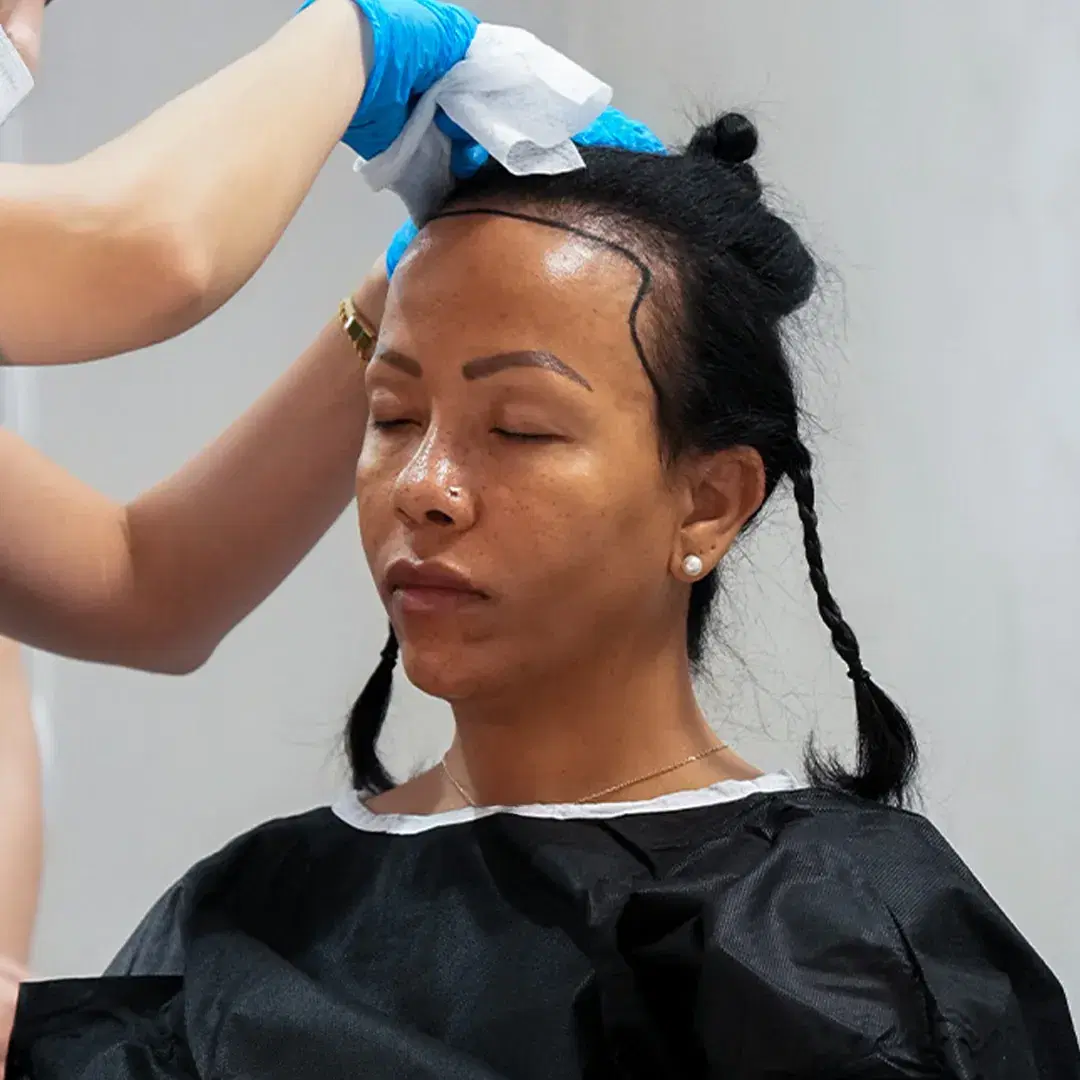
Hair Transplant
Female hair transplant in Turkey has become a trusted way for women to regain their natural hair density and confidence. Hair thinning caused by stress, hormones, or genetics can affect how women feel about their appearance. At Esthetic Hair Turkey, we perform every procedure using the advanced DHI technique, ensuring natural results, gentle care, and lasting beauty.
info
Hair restoration for women is different from male procedures because the causes and hair patterns vary. The goal is to preserve femininity while achieving natural fullness and balance.
Unlike men, women usually experience diffuse thinning rather than full bald patches. This means every graft must be placed strategically to maintain density and a soft appearance. Using the DHI technique, we carefully control the angle, depth, and direction of each implanted hair for subtle, realistic results.
Women with thinning on the crown or visible scalp areas due to genetics, hormonal imbalance, or stress are great candidates. However, those with active medical conditions causing hair loss should consult with a specialist before treatment.

Method
At Esthetic Hair Turkey, we only use the DHI (Direct Hair Implantation) method because it provides natural outcomes and minimizes trauma to existing hair.
Using a fine implanter pen, hair follicles are extracted and directly implanted into the thinning areas without opening channels. This reduces hair damage, speeds up recovery, and ensures the new hairs blend smoothly with existing strands.
DHI requires no shaving, which makes it perfect for women who prefer to keep their existing length. It’s also less invasive, causes minimal scarring, and ensures faster recovery. The results appear more natural because each hair is implanted at the right angle and direction.

Result
Most women can return to their daily routines within a few days. New hair begins to grow gradually within 3 to 4 months, with full results visible after about a year.
Follow your doctor’s post-care instructions carefully.
Avoid direct sunlight and heat exposure for the first few weeks.
Use mild, recommended hair products to protect new grafts.
Maintain a healthy lifestyle to support long-term growth.

Female Hair Transplant FAQ
A female hair transplant offers more than just fuller hair — it helps restore confidence and self-esteem. With the DHI technique, women can now enjoy a natural, seamless transformation without visible scars or long downtime. At Esthetic Hair Turkey, our specialists take every step to ensure your comfort and beautiful results that look and feel like your own.